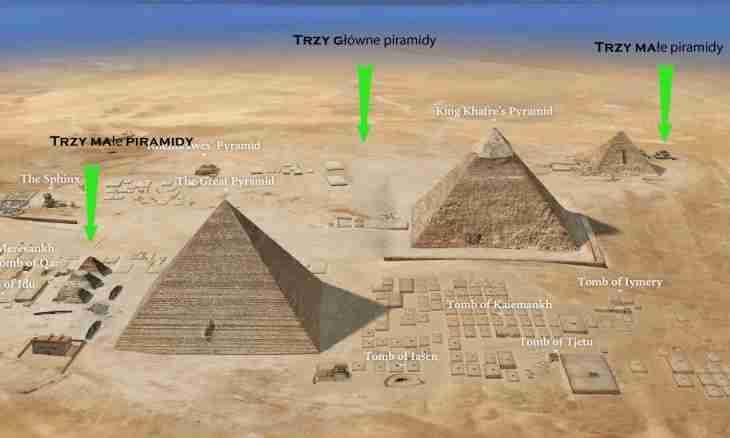Only the truncated pyramid can have two bases. In this case the second basis is formed by the section parallel to the bigger basis of a pyramid. It is possible to find one of the bases in case the area or linear elements of the second is known.
It is required to you
- - properties of a pyramid;
- - trigonometrical functions;
- - similarity of figures;
- - finding of the areas of polygons.
Instruction
1. The area of the bigger basis of a pyramid is as the area of a polygon which represents it. If it is a regular pyramid, then in its basis the regular polygon lies. To learn its area, the nobility only one of its parties is enough.
2. If the big basis represents the correct triangle, find its area, having increased a square of the party, by a root square of 3 divided into 4. If the basis represents a square, build its party in the second degree. Generally, apply a formula S=(n/4) to any regular polygon • a²\• ctg(180º/n) where n is the number of the parties of a regular polygon, an is length of its party.
3. Find the party of the smaller basis, on formula b=2 • (a/(2 · tg(180º/n)) - h/tg(α)) • tg(180º/n). Here and – the party of the bigger basis, h – height of the truncated pyramid, α – a dihedral angle at its basis, n – the number of the parties of the bases (it identical). Find the area of the second basis similar to the first, using length of its party of S=(n/4) in a formula • b²\• ctg(180º/n).
4. If the bases represent other types of polygons, all parties of one of the bases, and one of the parties of another are known, then calculate other parties as similar. For example, parties of the bigger basis 4, 6, 8 cm. Greater side of the smaller basis wound of 4 cm. Calculate proportionality coefficient, 4/8=2 (we take the big part in each of the bases), and calculate other parties of 6/2=3 cm, 4/2=2 cm. Let's receive the parties 2, 3, 4 cm in smaller foundation of the party. Now calculate their areas as the areas of triangles.
5. If the ratio of the corresponding elements in the truncated pyramid is known, then the ratio of the areas of the bases will be equal to the relation of squares of these elements. For example, if the relevant parties of the bases and and a1, then and²/а1²=S/S1 are known.

